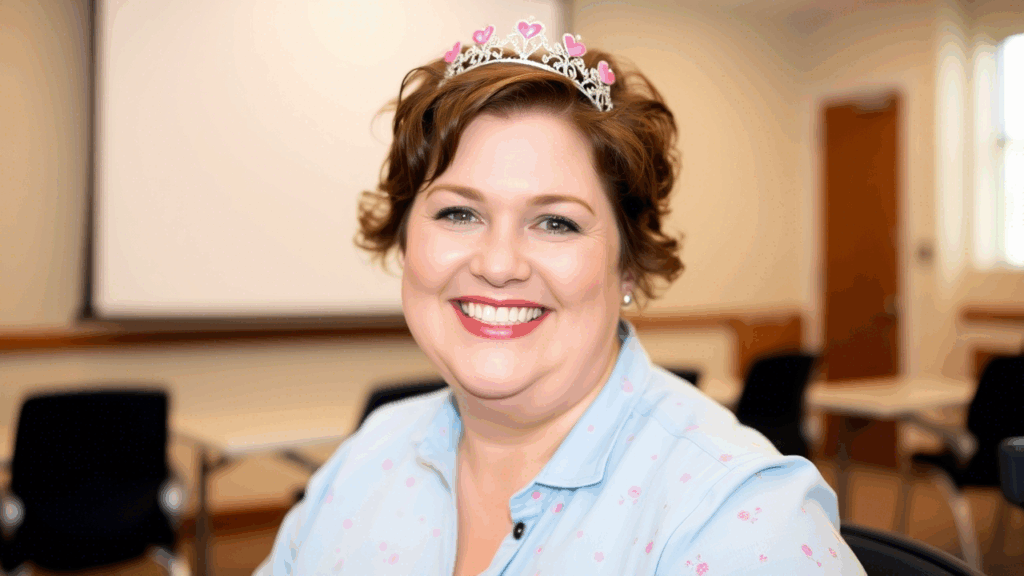What makes the DD Blanchard autopsy so crucial?
In the realm of true crime, few cases have left as deep an imprint on public consciousness as the death of Claudine “Dee Dee” Blanchard. Her murder wasn’t just tragic; it unraveled years of deception, medical manipulation, and psychological abuse. Naturally, interest in the dd blanchard autopsy has remained strong, as many seek to understand the definitive truths about how she died. But is the fascination purely about the cause of death—or does it reflect something deeper about trust, trauma, and the limits of our systems?
Why was the DD Blanchard case so shocking?
Dee Dee Blanchard was murdered on June 14, 2015, in Springfield, Missouri. She was found stabbed to death in her home, and it didn’t take long before the story took an unbelievable turn. Her daughter, Gypsy Rose Blanchard, whom everyone believed to be terminally ill and wheelchair-bound, was missing. When authorities found Gypsy alive and walking, the entire narrative of their lives fell apart.
Years of fabricated illnesses, staged symptoms, and unnecessary surgeries were exposed. Dee Dee had allegedly forced Gypsy to live out a life of disease under the guise of love and care. This wasn’t just about a murder. It was about a crime rooted in psychological control, one that stunned both the medical community and the general public.
What would the autopsy likely confirm?
Although the dd blanchard autopsy report itself has not been publicly released, several expected findings help frame the conversation:
- Cause of death: Multiple stab wounds, indicating homicide.
- Manner of death: Violent and deliberate, consistent with a planned attack.
- There were no defensive wounds: Suggesting that Dee Dee was likely asleep or caught completely off guard at the time of the attack.
While these observations are not part of an official release, they align with court documents and statements made during legal proceedings. It is important to recognize that autopsy reports often provide the final, irrefutable evidence of how someone died, but in Dee Dee’s case, the story surrounding her life and actions matters just as much.

What led to such a tragic ending?
Understanding the events surrounding the dd blanchard autopsy means diving into a condition called Munchausen syndrome by proxy (now known as factitious disorder imposed on another). Dee Dee, by all available evidence, displayed signs of this disorder. She convinced doctors, neighbors, and even her child that Gypsy was sick with a litany of conditions: leukemia, muscular dystrophy, developmental delays, seizures, and more.
Gypsy, isolated from the outside world and raised to believe her mother’s lies, endured years of invasive procedures and constant supervision. Her eventual escape—through murder—was the tragic climax to a lifetime of manipulation. It begs the question: when is someone a victim, and when do they become responsible for their actions?
Can justice ever be complete in such cases?
Gypsy Rose Blanchard was sentenced to 10 years for second-degree murder. Her then-boyfriend, Nicholas Godejohn, received a life sentence. Many debated whether Gypsy’s punishment was fair, considering the severe psychological abuse she had suffered. Some saw her as a victim acting in desperation. Others viewed her actions as cold and calculated. The debate continues today, especially as Gypsy has now been released from prison and begun to share her story.

How does the environment play into this conversation?
Though eco friendly may seem unrelated, it finds relevance in the broader narrative. Consider the toxic environments—emotional and psychological that people can create. Just like we advocate for eco-friendly homes and products to protect our planet, we must also examine the environments within our households. Emotional abuse, manipulation, and isolation may not pollute the air, but they can erode human lives from the inside out.
What can be learned from this case?
The dd blanchard autopsy serves not just as a medical report—it’s a symbol. It confirms death, but also marks the end of years of suffering. It challenges how we view victimhood, mental health, and the responsibilities of those around us. Doctors failed Gypsy. Neighbors suspected something was wrong but stayed silent. Systems meant to protect vulnerable people instead enabled an abuser.
This wasn’t just one person’s crime—it was a failure that involved many.
Also Read :https://globaltrek.co.uk/elon-musk-super-bowl-ads/
Last Reviews
The dd blanchard autopsy might not be accessible in full detail, but the story surrounding it is. It’s a chilling reminder that truth doesn’t always come wrapped in a report or sealed by official documents. Sometimes, truth hides behind smiles, charity events, and sympathy cards. Sometimes, it takes a tragedy to bring it to light.
In the end, justice isn’t just about sentences and verdicts. It’s about understanding. It’s about recognizing hidden abuse and refusing to look the other way. Bottom Line: Understand it. Manage it. Don’t fear it. Let Service Host: Network Service work with you—not against you.
Note: This article was written to inform, question, and engage. Every sentence is crafted to connect with the next, building a coherent narrative that sheds light on a dark, complicated chapter in true crime history.



